Services Offered by Taiga
We are a one-stop shop for the entire 3D printing process, from design and development to manufacturing, post-processing, and quality control. We flexibly handle all kinds of metal materials and shapes, large and small lot sizes, and prototypes. For metal 3D printing, leave it to Taiga.
No information entry required!
Download >Please feel free to contact us for production consultation!
Contact >Metal 3D printing is a technology that forms metal parts in three-dimensional shapes by layering metal wires. By melting and sintering the material using a laser or electron beam, a dense and strong structure can be formed. Taiga's metal 3D printing can be used for everything from prototypes to final products, contributing to shorter lead times and lower manufacturing costs.

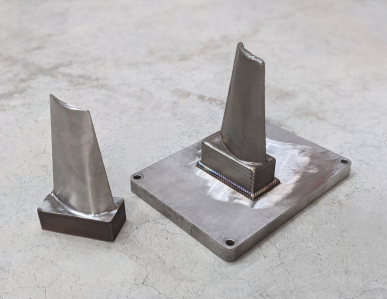
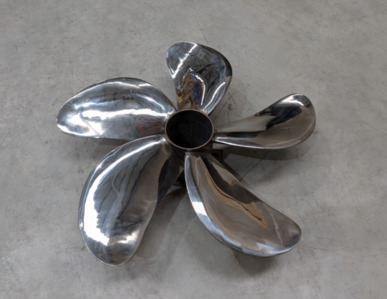
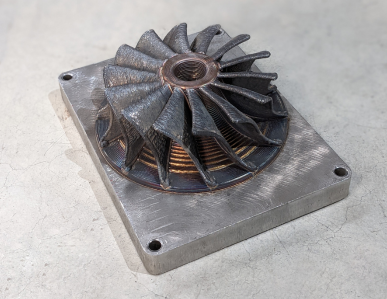

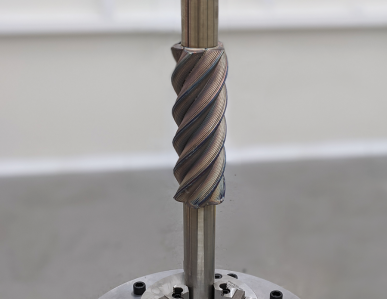
No information entry required!
Download >Please feel free to contact us for production consultation!
Contact >Since there is no need for initial investments like molds, prototypes can be produced at a low cost and in a short period of time. The process is also flexible, allowing for easy design changes, and repeated prototyping and improvements can accelerate the development of better products. At Taiga, we are also flexible in accommodating design changes and secondary processing.
3D printing enables the creation of complex shapes and internal structures that are difficult to achieve with traditional machining or injection molding. It is ideal for creating lightweight parts with hollow structures, intricate lattice designs, and customized medical implants tailored to individual body types, making it easy to handle complex designs and customization.
Compared to traditional manufacturing methods, the process can simplify production steps. This leads to reduced lead times, labor costs, and inventory management expenses.
Since material is only layered where needed, material waste is minimized, making the process more resource-efficient.
The shape and specifications of the part to be 3D printed are determined, and a 3D model is created using 3D CAD software, etc. On the Taiga, the part to be corrected or checked on the drawing can be written in real time and shared with the project members as they work.
We prepare for printing by converting the 3D model into the appropriate data, slicing it into thin layers for the additive process, and setting parameters such as fill density.
Once the preparations are complete, the 3D printer starts modeling. Based on the slice data, the material is layered.
Post-processing tasks such as removing support material, surface treatment, and assembly are performed as needed.
The completed object undergoes inspection to ensure that its dimensions, shape, and strength meet quality standards. After these steps, the 3D printed item is finished.
Developed parts and products are stored on Taiga, making it easy to reprocess (or re-purchase) the same items when needed.
No information entry required!
Download >Please feel free to contact us for production consultation!
Contact >
DED (Directed Energy Deposition) is a metal 3D printing technology that melts metal wire using a high-energy source while layering it. This method allows for the creation of highly precise and dense metal parts, making it ideal for repairing or reinforcing existing metal components, as well as manufacturing new parts. DED is widely used in aerospace, defense, energy, and industrial machinery sectors. Furthermore, it supports the layering of multiple metal materials and hybrid manufacturing when combined with CNC machining, offering high design flexibility.
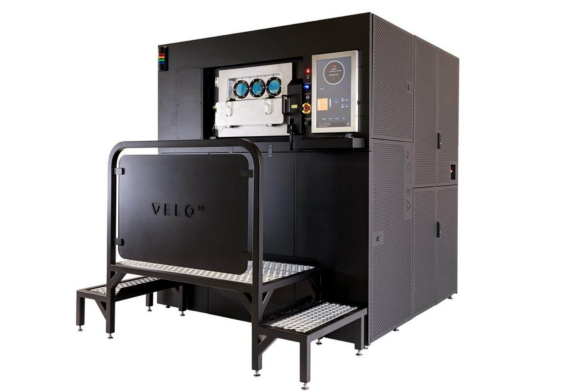
PBF (Powder Bed Fusion) is a 3D printing technology in which a thin layer of metal or resin powder is irradiated with high energy (laser or electron beam) to melt or sinter the powder bed. (selective laser melting), EBM (electron beam melting), etc. are included in this method. It is particularly suited for direct manufacturing of metal parts, and is being used to produce practical parts in the aerospace, medical (implants), and automotive fields.
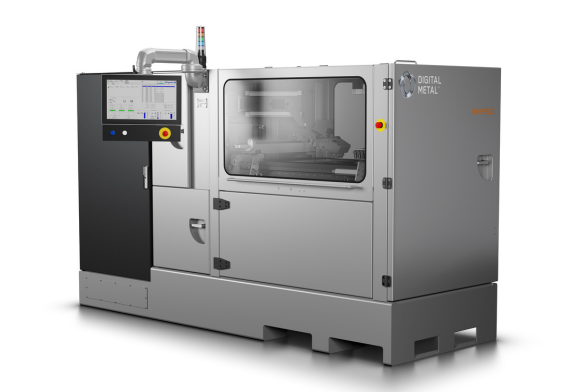
MJB (Material Jetting Binder) is a 3D printing technology in which a binder (bonding agent) is injected into metal powder material and bonded layer by layer to form three-dimensional objects. After modeling, post-processing such as binder removal and sintering is performed to complete parts with strength and durability. Compared to other molding methods, the molding speed is faster, making it suitable for mass production. It is also capable of molding complex shapes, and is used for sand molds for casting and for prototyping and mass production of metal parts in the automotive and aerospace fields.
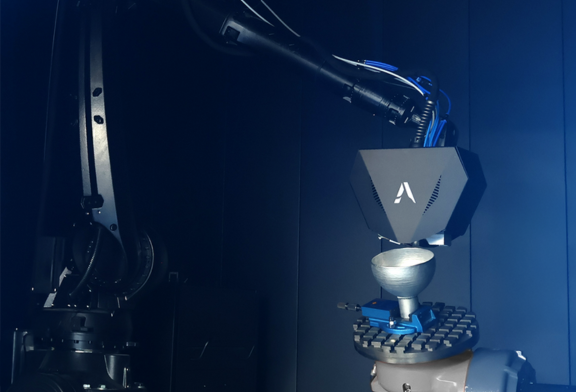
WAAM (Wire Arc Additive Manufacturing) is based on arc welding technology and is suitable for manufacturing large structures and hollow parts. It is also characterized by its high material utilization efficiency and relatively low-cost modeling. It is used in aerospace, marine, energy, construction machinery, and other industries that require large, high-strength parts. WAAM is also suitable for repairing and reinforcing existing parts, allowing for a high degree of design freedom in terms of shape. In recent years, WAAM has attracted attention as a flexible and scalable manufacturing process that can be used in combination with robotic arms, multi-material modeling, and hybrid manufacturing.
No information entry required!
Download >Please feel free to contact us for production consultation!
Contact >
It is a one-stop shop for the entire metal 3D printing process, from design and development to material preparation, processing, and post-processing. Furthermore, data for completed parts and products are stored on the Taiga and can be re-purchased with a single click.

We consistently support high-precision and high-quality manufacturing processes by utilizing the latest equipment and the expertise of our engineers cultivated over many years.
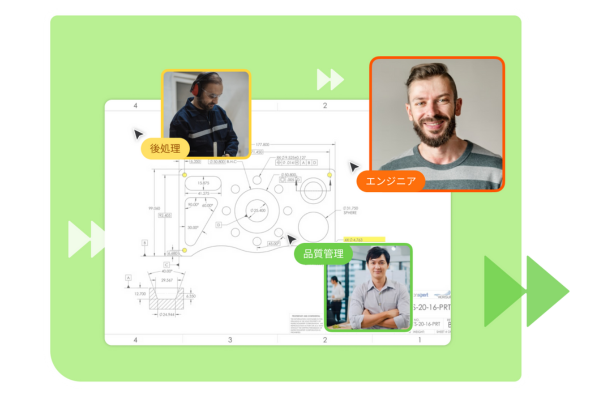
At Taiga, we offer a variety of services designed to achieve more efficient manufacturing.
First, we provide a "collaboration feature" that allows all project stakeholders to view and approve drawings and contracts in real-time.
Additionally, our platform enables easy communication through chat, and consolidates various files—such as 2D and 3D drawings, quotes, and project-related documents—into one central location.
These services help meet the diverse needs of our customers, streamline information sharing, and improve efficiency by reducing inspection time, returns, and rework.
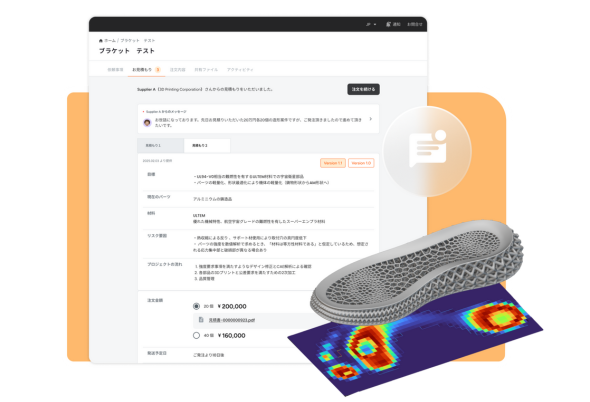
In addition to 3D printing, we also support a variety of manufacturing methods, including sheet metal fabrication, injection molding, machining, and CFRP processing. We propose multiple optimal manufacturing solutions for your products, helping to reduce the time spent searching for subcontractors. This ensures fast quotations and smooth parts production.
Sign Up
Contact us to request a registration form, and our team will help you get started.

Upload Your Design
Submit your drawings and project requirements through the platform.

Get Technical Proposals
Receive detailed proposals from multiple companies with advanced technical expertise.

Compare and Collaborate
Use Taiga’s built-in chat and drawing tools to review and discuss proposals with each company.

Place Your Order
Once you’ve chosen the best proposal, place your order directly through Taiga and start production.
No information entry required!
Download >Please feel free to contact us for production consultation!
Contact >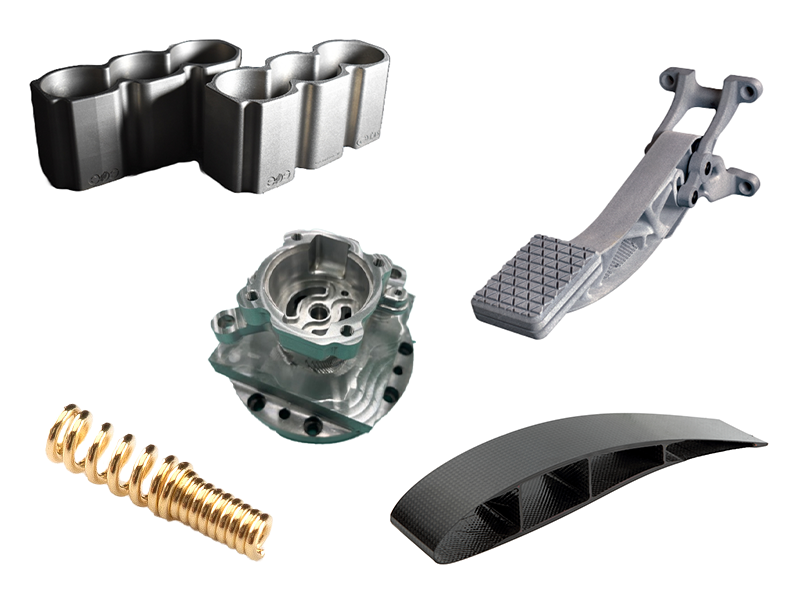
Taiga collaborates with companies that possess advanced processing technologies to deliver the most suitable technical proposals for your needs. Receiving proposals from multiple companies for a single project expands your options and allows you to compare different approaches. By evaluating construction methods, costs, and delivery times, you can choose the most efficient and balanced solution. All participating companies have a proven track record in manufacturing and have built trusted relationships with Taiga’s operator, 3D Printing Corporation, over many years. Our flexible system supports highly specialized technologies, helping to reduce the time and effort required for technical research and vendor selection.
You can view the details of each technology.

Procurement Barrier Looms in Shipbuilding Repairs In shipbuilding repair and refurbishment, procurement of a wide variety of small-volume components and large steel structures frequently [...]...

Alex (Interviewer): Mr. Suzuki, thank you for sitting d [...]
![Important] Notice of Change of Company Name](https://trytaiga.com/wp-content/uploads/2025/09/Important-notice-300x214.png)
Dear Sir or Madam, We hope that all is well with you at this time. We would like to take this opportunity to thank you for your continued support. We would like to take this opportunity to [...].
In addition to metal 3D printing fabrication, Taiga also offers a full range of other manufacturing methods.
Our experienced engineers equipped with state-of-the-art technology will propose the best manufacturing method to meet your requirements.